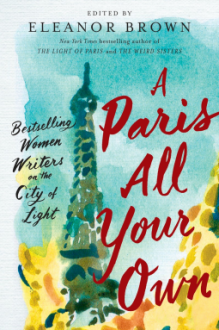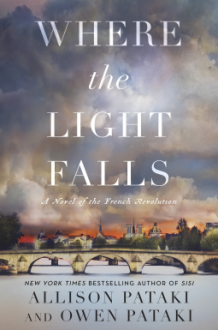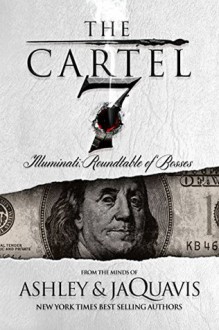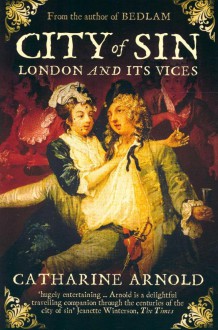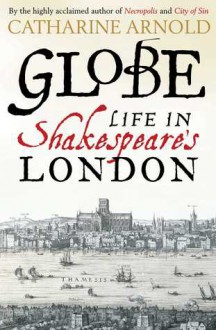
[I received a copy of this book through Netgalley.]
I love going to the Globe, although I can’t afford it very often (but I still try to enjoy at least a couple of plays a year, which is the least I can do considering I almost live on its doorstep by London standards ;)). My knowledge about how it came to be was a bit fragmented, so I was glad to be able to read this book.
Throughout it, you can feel the author’s passion for her subject—the device of fictionalising Shakespeare’s first visit to London isn’t what I’d expect from academic research, and I’m not sure it’s pareticularly welcome, but on the other hand, it’s definitely a window on that passion I mentioned, and is entertaining no matter what. It’s also a window on London at the end of the 16th and the early 17th centuries, and I admit I wish this window would’ve been larger, because I couldn’t get enough details on what the city must’ve looked and felt like at that time, all the more now that I can fully compare it to nowadays London (Shoreditch for Burbage’s original Theatre, Bankside for the Globe, the Rose and Blackfriars’ locations, and so on).
I appreciated that the book chronicled the building of the modern Globe, which I believe is as much part of that theatre’s history as the original one, for starters because it’s on its way to last just as long and possibly more, considering the length of its current lease. I learnt about quite a few interesting facts in both cases, from the controversy around Sam Wanamaker’s project (an American trying to resurrect the Globe! So shocking!) to how the original Globe came to be, built from the timbers of the Theatre that Burbage & Co happily scavenged to keep their dream going.
The book also sheds light on the political and social climate at the time, an interesting part since Shakespeare’s plays were often in accordance with current events for his public to better relate. On the other hand, I believe I spotted some factual mistakes that may have been corrected through more careful editing (but I’m not a specialist, so, well, for what it’s worth…).
Conclusion: A good introduction that paves the way for more reading, although not going in-depth.

 Log in with Facebook
Log in with Facebook 
